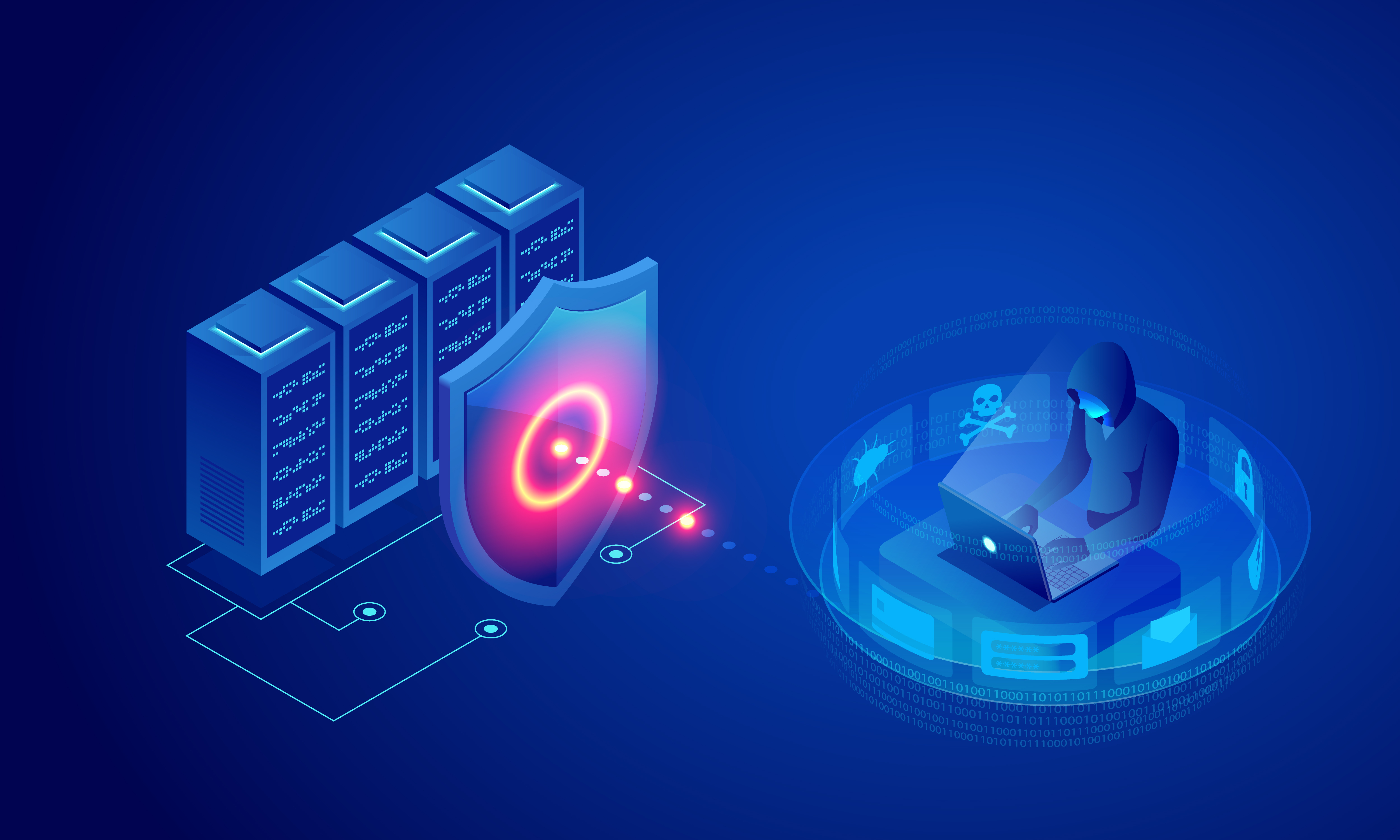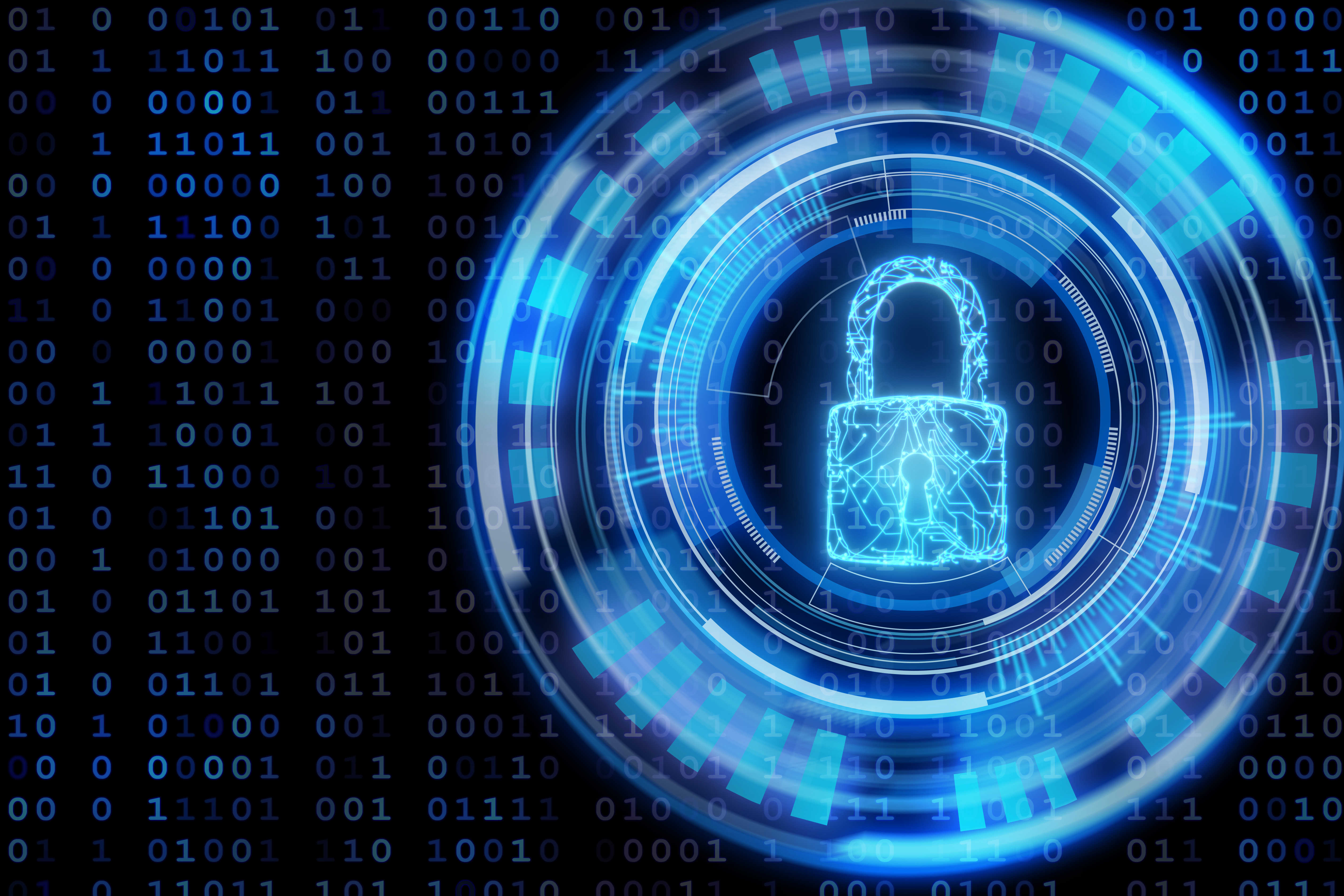DDoS attacks are getting bigger and costlier - here’s why
A rising tide of DDoS attacks is being fueled by more sophisticated techniques, making them harder to detect and repulse, researchers found


Distributed Denial of Service (DDoS) attacks are getting longer and thus more expensive, according to a new report.
Research by communications infrastructure provider Zayo Group found the average length of attacks surged by more than 400% from Q1 to Q4 last year — from 24 minutes to 121 minutes.
The average DDoS attack lasted 68 minutes in 2023; and, with impacted organizations paying out an average of $5,896 (£4,700) per minute of each attack, that means an average cost of $407,727 (£325,000).
Meanwhile, the number of attacks rocketed during the first half of 2023 - up 200% compared with 2022 as a whole. However, things eased off during the second half of the year, with just a 16% increase in attack activity.
Despite this, Zayo warned that volumetric attacks are being replaced by multi-vector attacks, which target individual IP addresses, email systems, databases or web browsers – and which are much harder to detect.
"What we’re seeing is that cybercrime is only getting savvier," said Anna Claiborne, senior VP of network connectivity at Zayo.
"AI is presenting itself as a double-edged sword in this space. On one side of the blade, criminals are using AI to increase the sophistication of attacks and circumvent traditional defense mechanisms; on the other, mitigation platforms are using AI to dynamically identify and defend against new and emerging threats."
Sign up today and you will receive a free copy of our Future Focus 2025 report - the leading guidance on AI, cybersecurity and other IT challenges as per 700+ senior executives
DDoS attacks affect a wide range of industries
In terms of different industries, telecommunications companies experienced the most frequent attacks, accounting for around 40% of total attack volume and nearly 13,000 attacks in the second half of 2023.
The biggest attacks during the period affected retail and healthcare companies, with an average attack size of 2.5 Gbps across companies in both industries.
Government bodies fell victim to the longest attacks, however. Zayo found the average attack duration increased from four hours in the first half of the year to 18 hours in the second - a rise of 322%.
This also represented an increase of 1,141% from the first quarter of the year to the last in 2023.
Meanwhile, educational institutions accounted for 17% of all attacks last year. This, Zayo said, is partly due to the ease and affordability of botnet-for-hire services, combined with the poor cyber security of the institutions.
RELATED WHITEPAPER

"Most people on the internet aren’t plotting a DDoS attack, but the internet is a big place and dark web crime is the fastest growing business on earth," said Eric O’Neill, national security strategist at Carbon Black.
"We’re in an attacker’s market, and they are leveraging sophisticated technologies and cutting-edge techniques to innovate the way they deceive, disrupt and destroy our most critical data."
Last September, a report from Europol found that Russia's invasion of Ukraine had led to a significant boost in DDoS attacks against EU targets. Pro-Russian hacktivist group Killnet, it said, had ramped up its activities, claiming responsibility for attacks against the European Parliament and EU infrastructure.
"Criminals also use DDoS as a service platforms to launch low-volume attacks against company websites and demand ransom payments threatening to cripple the service otherwise," Europol said at the time.
Emma Woollacott is a freelance journalist writing for publications including the BBC, Private Eye, Forbes, Raconteur and specialist technology titles.
-
 Cyber resilience in the UK: learning to take the punches
Cyber resilience in the UK: learning to take the punchesColumn UK law now puts resilience at the centre of cybersecurity strategies – but is legislation simply catching up with enterprise understanding that resilience is more than just an IT issue?
-
 CISPE claims European Commission gave Broadcom a ‘blank cheque to raise prices, lock-in, and squeeze customers’ with VMware deal
CISPE claims European Commission gave Broadcom a ‘blank cheque to raise prices, lock-in, and squeeze customers’ with VMware dealNews Cloud providers have issued a formal response to the General Court of the European Union after the Commission defended its approval of the deal

